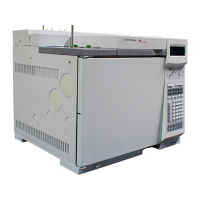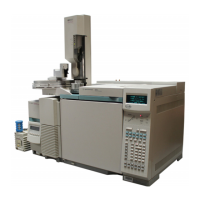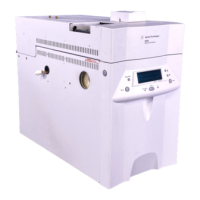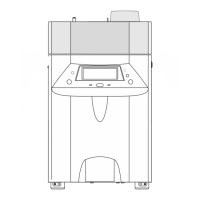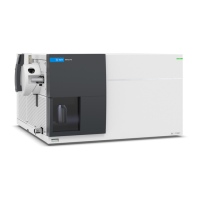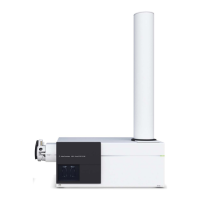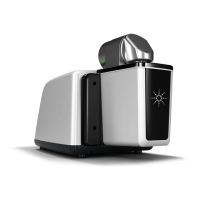1 of 32
Jun 2001
Detectors
Agilent 6890 Gas Chromatograph Service Manual
320 Nitrogen Phosphorus Detector
(NPD)
Theory of operation
The NPD (also called a thermionic detector) uses a jet and collector similar
in appearance to a Flame Ionization Detector. In an NPD, however, ions of
alkali metal are introduced into a flame where hydrogen and air flows are
less than those for an FID, minimizing the normal hydrocarbon ionizations,
and increasing the ionization of nitrogen or phosphorous compounds. This
causes the NPD to be both sensitive and selective for organic compounds
containing nitrogen
and/or phosphorous. This thermionic source efficiently ionizes nitrogen and
phosphorous containing organic molecules. Ions are collected and the
resulting current measured for the chromatogram.
Figure 320-1 The Nitrogen Phosphorus Detector (NPD)
EPC detector
The EPC NPD has three pneumatic supply lines for air, hydrogen and makeup
gas. Each line has a filter frit, a proportional valve controlled by a pressure
Bead drive cable
Eletrometer
Electrometer ribbon cable
Pneumatic lines
Detector body
Heater/sensor cable
(under cover)

